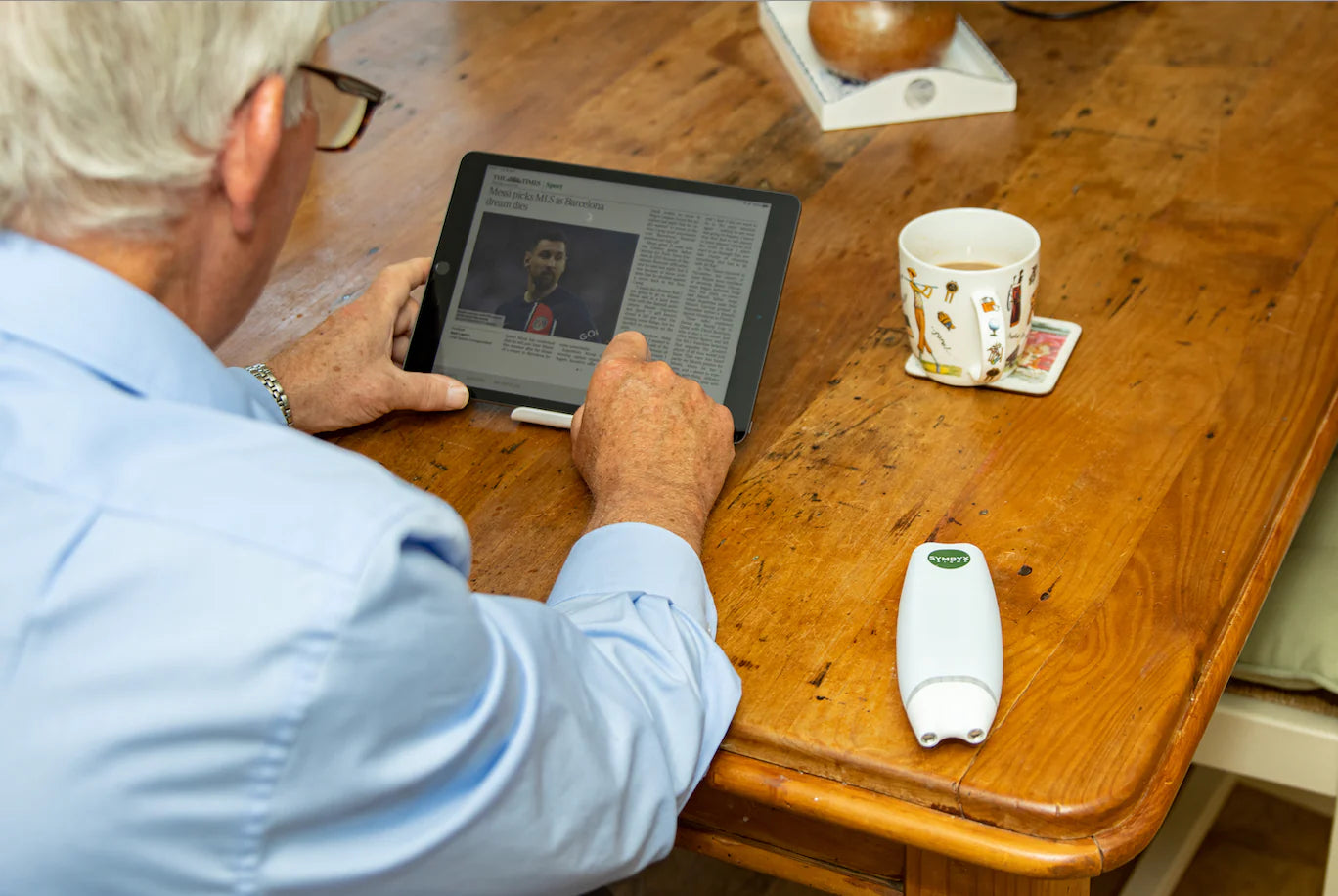
01 - Parkinson's is one of the most complex neurological conditions. (1)
And the fastest growing one at that! There’s no single test, no universal path, and definitely no cookie-cutter treatment plan for all.
Motor symptoms like tremor or slowness and non-motor symptoms like constipation and anxiety, are equally common but unequally considered.
Over 136 trials are currently active, and nearly half are trying to modify the disease, not just suppress symptoms.(2)

02 - Not only motor symptoms can fluctuate!
We’ve been trained to watch for tremors, rigidity and slowness. But some of Parkinson’s most disruptive changes affect the mind and our mood.
Research shows that those without cognitive impairment still experience changes in: (3)
- Anxiety levels (linked to dysautonomia) ⚡️
- Thinking speed (especially “on” meds) 🧠
It's time we stop reducing Parkinson’s to motor symptoms and start treating it as the complex, whole-body condition it is.

03 - The gut may spark Parkinson’s, while the environment fuels the fire.

Pesticides and toxins can trigger inflammation, disrupt the microbiome, eventually leading to leaky gut. This has been linked to disease onset and accelaration.(4)
This gut-brain connection doesn’t exist in a vacuum. Leading neurologist, Dr. Bas Bloem, has highlighted environmental exposure as a major contributor to rising rates of Parkinson’s.
‘Parkinson’s is a man-made disease,’ he says, pointing to the role of paraquat and glyphosate. ‘You can’t exercise your way out of pesticide exposure.’
04 - When Levodopa fails, it might be the gut not the drug.
Research now suggests that gut inflammation, dysbiosis, and even gut wall dysfunction could be making levodopa less effective - or harder to tolerate. If Parkinson’s begins in the gut, then so should our strategy.
That’s why SYMBYX is supporting trials in:
University of Leeds: Mechanisms study exploring the impact of light on inflammation, metabolism, cell energy and levodopa absorption. Read more
Newcastle University: Large clinical trial examining the impact of light on Parkinson's symptoms including microbiome changes, leaky gut and inflammatory markers. Read more
05 - Diet improves Parkinson’s symptoms, even in the short term.
We often think of nutrition as a long-term strategy — something that supports health over years or decades. But for people with Parkinson’s, what you eat today can change how you feel tomorrow.
Dr. Laurie Mischley draws from thousands of people living with PD and suggests that daily dietary choices can directly affect symptom severity:
- Eating fresh, anti-inflammatory foods improve energy, mobility and mental clarity.
- Processed, sugary, or pro-inflammatory meals can worsen fatigue, stiffness and mood in as little as a few days.
06 - Parkinson’s doesn’t play fair and gender matters a lot!
Gender bias is one of the biggest blind spots in Parkinson’s research and care. Parkinson’s care must be personalised. Woman are not small men.
07 - DBS is being recommended earlier and earlier, (6) but at what cost?
Medicine is increasingly framing the decision of DBS as “early DBS or decline” - a potential false binary that oversimplifies a complex choice.
Deep Brain Stimulation (DBS) can significantly improve motor symptoms and reduce the need of medication. Many of our SYMBYX community have found real benefit. However, the decision warrants careful consideration; it involves invasive surgery, carries potential side effects, and only 1–10% of people with Parkinson’s meet current criteria.(7)
A key question is emerging: Should the future of care move towards ealier and earlier adoption of DBS? Or should we take a broader view of what it means to live well with Parkinson’s - considering the roles of less invasive therapies such as infusion pumps, along with exercise, diet, mental wellbeing, and complementary approaches, before turning to DBS?
Stay informed. Ask questions. Choose what’s right for you.




